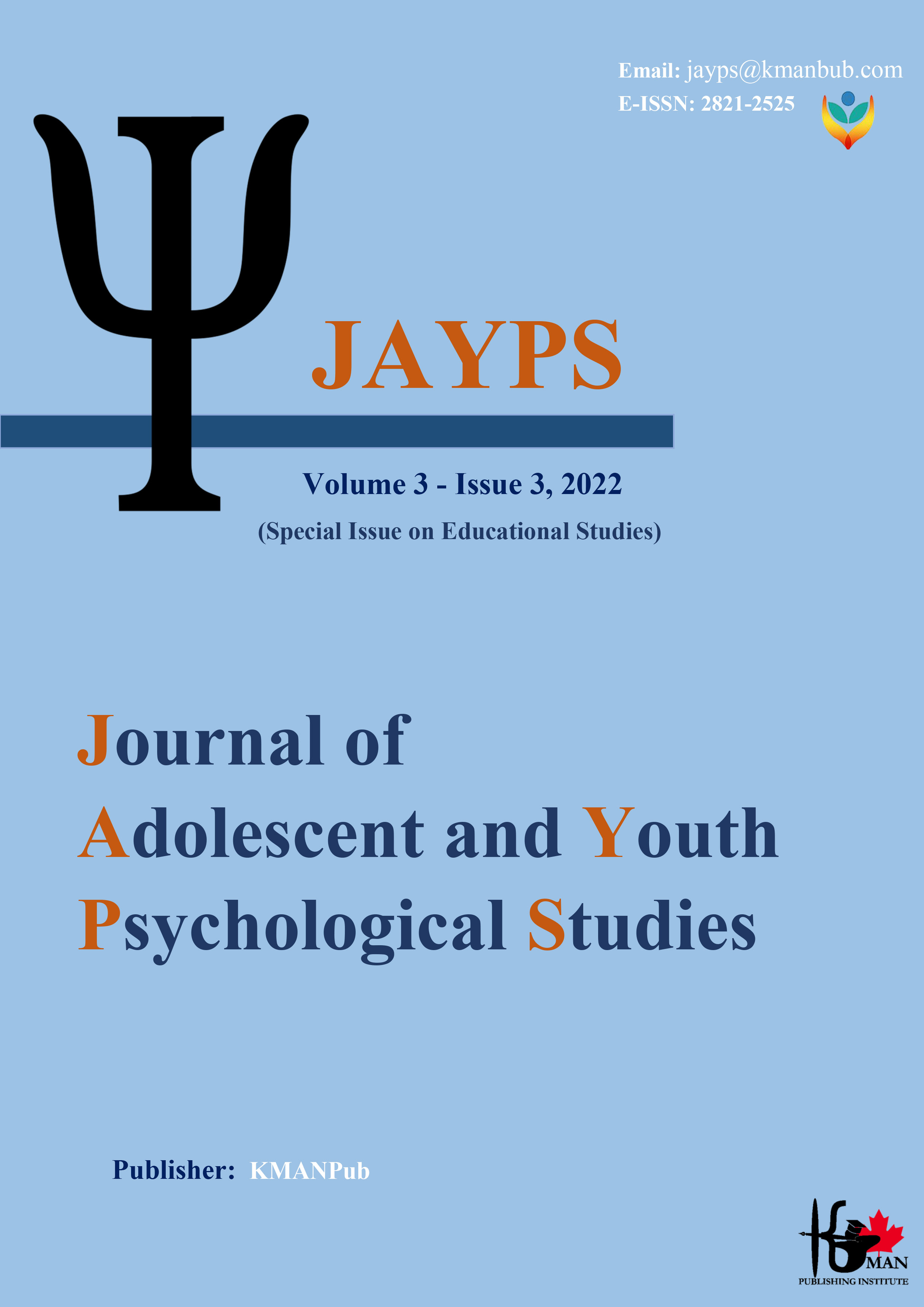Designing a model to evaluate the effectiveness of educational and educational leadership models among principals
Keywords:
educational leadership patterns, efficiency, primary school principalsAbstract
Background Aims: In order to improve the management and facilitate the supervision and guidance of educational and educational activities, there should be competent people as educational leaders with the goals of improving the quality of educational and educational affairs, the professional skills of teachers, increasing the academic level of learners and preventing academic failure by providing services. Consultants and guidance should be used.. Therefore, the aim of the present study was to design a model for evaluating the effectiveness of educational leadership patterns among principals of elementary schools in Masjid Suleiman. Research method: this research is based on a qualitative approach of phenomenology type, the participants include experts and in other words, key experts in the field of educational leadership, who were subjected to semi-structured interviews in a targeted manner from experts related to the subject, and the data was saturated with 15 people. received a comment Interview texts were analyzed using Maxqda software and all data were coded. Validity of data was done by re-reviewing the coding process as well as several experts familiar with coding. Also, for reliability, the agreement coefficient between the coders was used, and the result of 3 interviews was 0.82. Coding method and MAXQDA software were used for data analysis. Findings: The results indicate that based on the findings and coding of 15 interviews, 286 sub-categories were counted, and finally, the mentioned sub-categories were divided into 7 main categories: communication between parents and colleagues with the administration, use of information and communication technology, reflection Existing educational problems and efforts to solve them, paying attention to the theory of constructivism in curriculum leadership, modeling the successful teaching of teachers, gaining experience and growth, and changing and implementing curricula were classified as effective components on the effectiveness of educational leadership models. Conclusion: Based on the findings, it can be concluded that the model of the effectiveness of educational and educational leadership patterns among the principals of elementary schools has several components and indicators that the planners of the education system, especially human resources, should pay attention to these identified components and indicators.
Downloads
Downloads
Published
Issue
Section
License

This work is licensed under a Creative Commons Attribution-NonCommercial 4.0 International License.























